Filter by

Music - Media - History. Re-Thinking Musicology in an Age of Digital Media
Music and sound shape the emotional content of audio-visual media and carry different meanings. This volume considers audio-visual material as a primary source for historiography. By analyzing how the same sounds are used in different media contexts at different times, the contributors intend to challenge the linear perspective of (music) history based on canonic authority. The book discusses A…
- Edition
- -
- ISBN/ISSN
- -
- Collation
- -
- Series Title
- -
- Call Number
- 780.7 MUS m
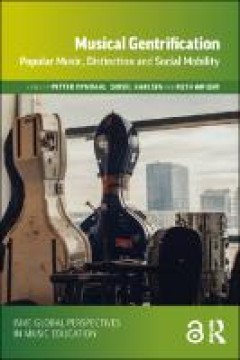
Musical Gentrification: Popular Music, Distinction and Social Mobility
Musical Gentrification is an exploration of the role of popular music in processes of socio-cultural inclusion and exclusion in a variety of contexts. Twelve chapters by international scholars reveal how cultural objects of relatively lower status, in this case popular musics, are made objects of acquisition by subjects or institutions of higher social status, thereby playing an important role …
- Edition
- Ed. 1
- ISBN/ISSN
- 9780429325076, 9780367535599
- Collation
- 196
- Series Title
- ISME Series in Music Education,
- Call Number
- 700 MUS m

We Used to Wait: Music Videos and Creative Literacy
An investigation of music videos as a form, a practice, and a literacy.Music videos were once something broadcast by MTV and received on our TV screens. Today, music videos are searched for, downloaded, and viewed on our computer screens—or produced in our living rooms and uploaded to social media. In We Used to Wait, Rebecca Kinskey examines this shift. She investigates music video as a form…
- Edition
- -
- ISBN/ISSN
- 9780262526920
- Collation
- -
- Series Title
- -
- Call Number
- -
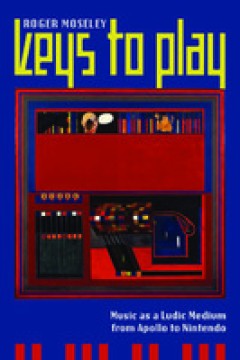
Keys to Play: Music as a Ludic Medium from Apollo to Nintendo
How do keyboards make music playable? Drawing on theories of media, systems, and cultural techniques, Keys to Play spans Greek myth and contemporary Japanese digital games to chart a genealogy of musical play and its animation via improvisation, performance, and recreation. As a paradigmatic digital interface, the keyboard forms a field of play on which the book’s diverse objects of inquiry�…
- Edition
- -
- ISBN/ISSN
- 9780520965096
- Collation
- -
- Series Title
- -
- Call Number
- -
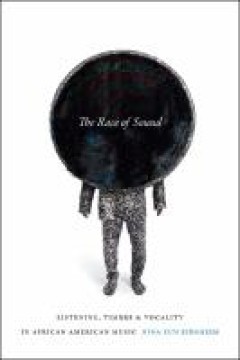
The Race of Sound: Listening, Timbre, and Vocality in African American Music
In The Race of Sound Nina Sun Eidsheim traces the ways in which sonic attributes that might seem natural, such as the voice and its qualities, are socially produced. Eidsheim illustrates how listeners measure race through sound and locate racial subjectivities in vocal timbre—the color or tone of a voice. Eidsheim examines singers Marian Anderson, Billie Holiday, and Jimmy Scott as well as th…
- Edition
- -
- ISBN/ISSN
- 9780822368564
- Collation
- 288 pages
- Series Title
- -
- Call Number
- -
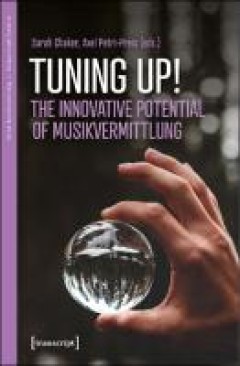
Tuning up! The Innovative Potential of Musikvermittlung
Professional musicians who perform in hospitals, retirement homes and prisons, creatively stimulated by the residents; babies crawling over exercise mats, enjoying classical music together with their parents; concert-goers who take their seats between the musicians in order to experience music up close with all their senses - the opportunities to make and experience music are almost unlimited. …
- Edition
- -
- ISBN/ISSN
- 9783839456811
- Collation
- -
- Series Title
- -
- Call Number
- -

Music Practices Across Borders (E)Valuating Space, Diversity and Exchange
Klavier plus Streichquartett. Im vierstelligen Bereich sind Werke bekannt. In mittlerer dreistelliger Zahl als Tonaufnahme zugänglich. Über 200 Jahre kontinuierliche Produktion. Bis heute. Und doch fehlt das Genre weitgehend in den Leitmedien Klassischer Musik. In den meinungsführenden Feuilletons und Musikgeschichtswerken. Und in den Programmen der prestigeträchtigen Rundfunksender und Lab…
- Edition
- -
- ISBN/ISSN
- 9783839446676
- Collation
- -
- Series Title
- -
- Call Number
- -
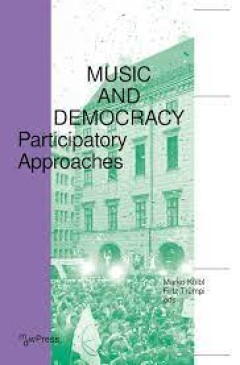
Music and Democracy Participatory Approaches
Music and Democracy explores music as a resource for societal transformation processes. This book provides recent insights into how individuals and groups used and still use music to achieve social, cultural, and political participation and bring about social change. The contributors present outstanding perspectives on the topic: From the promise and myth of democratization through music techno…
- Edition
- -
- ISBN/ISSN
- 9783839456576
- Collation
- -
- Series Title
- -
- Call Number
- -
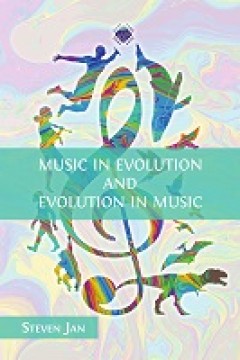
Music in Evolution and Evolution in Music
Music in Evolution and Evolution in Music by Steven Jan is a comprehensive account of the relationships between evolutionary theory and music. Examining the ‘evolutionary algorithm’ that drives biological and musical-cultural evolution, the book provides a distinctive commentary on how musicality and music can shed light on our understanding of Darwin’s famous theory, and vice-versa. Comp…
- Edition
- -
- ISBN/ISSN
- 9781800647374
- Collation
- -
- Series Title
- -
- Call Number
- -

Experimental Affinities in Music
Experimental Affinities in Music brings together diverse artistic, musicological, historical, and philosophical essays, enhancing a broad discourse on artistic experimentation, and exploring various experimental attitudes in music composed between the thirteenth and twentieth centuries. The golden thread running through the different chapters is the quest for inherently experimental musical pra…
- Edition
- -
- ISBN/ISSN
- 9789461661883
- Collation
- -
- Series Title
- -
- Call Number
- -
 Computer Science, Information & General Works
Computer Science, Information & General Works  Philosophy & Psychology
Philosophy & Psychology  Religion
Religion  Social Sciences
Social Sciences  Language
Language  Pure Science
Pure Science  Applied Sciences
Applied Sciences  Art & Recreation
Art & Recreation  Literature
Literature  History & Geography
History & Geography